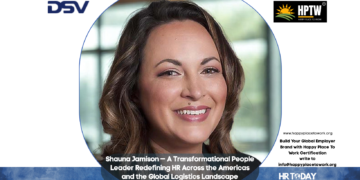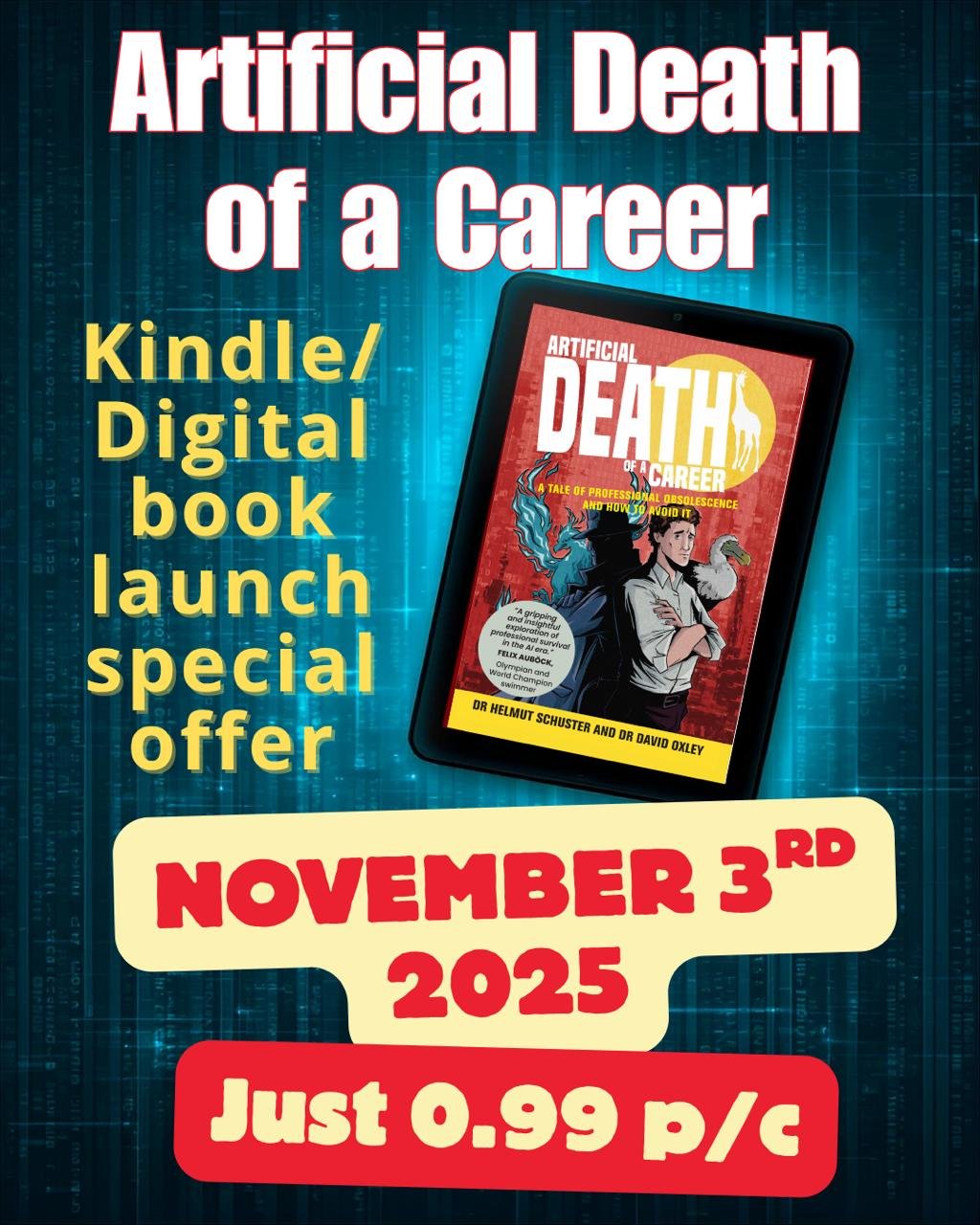The Genesis of the Workplace Happiness Model
The Workplace Happiness Model was born out of a need to go beyond traditional job satisfaction and employee engagement measures. This model is rooted in extensive research and practical insights and identifies eight core pillars for fostering a genuinely happy workplace.
Researchers from Happy Place To Work Institute developed the World’s most advanced Employee Workplace Diagnostics (Happy Place To Work Diagnostic Instrument: HPWDI). This goes beyond the traditional engagement model of greatness and embraces the happiness parameters.
HPWDI instrument is an effort of a team of psychologists led by Dr. Sunil Singh, PhD, IIM Bangalore. This research took place between 2018 to 2025. Final Workplace Happiness model is developed after testing it on 15000 plus employees from 7 countries and from more than 300 organizations.

Workplace Happiness Model (Happy Place To Work)
A Deep Dive into the Eight Pillars
- Emotional Well-being: The core of our model is the understanding that employees’ emotional health is crucial. We focus on creating an environment where mental health is supported, stress is managed, and employees feel emotionally secure.
- Professional Fulfillment: This pillar emphasizes the importance of growth opportunities, career advancement, and a sense of achievement and purpose in one’s work.
- Work-Life Integration: Recognizing the importance of balancing professional and personal lives, this model aspect advocates for flexible work policies and a culture that respects personal time and commitments.
- Inclusive and Empowering Culture: Diversity and inclusion are more than buzzwords in our model; they are imperatives for a healthy workplace. We champion a culture where every individual feels valued and included.
- Supportive Leadership: Our model underscores the role of leadership in employee happiness. Leaders are seen as mentors and motivators who foster trust and inspiration within their teams.
- Organizational Values and Ethics: Aligning personal and organizational values is key. We promote ethical practices, transparency, and a shared sense of purpose.
- Collaborative and Creative Environment: Encouraging innovation and teamwork, this pillar ensures that employees can think creatively and work collaboratively.
- Autonomy and Trust: The model advocates empowering employees with the autonomy to make decisions and a culture of trust where they feel confident and secure.
Why the Workplace Happiness Model is Different: Unlike conventional employee satisfaction tools, the Workplace Happiness Model offers a more nuanced and holistic approach. It’s not just about how employees feel about their jobs; it’s about their overall experience in the workplace. This adaptable model allows for customization according to different organizational cultures and structures.
The Impact of Implementing the Model: Organizations adopting the Workplace Happiness Model have reported higher levels of employee engagement, increased productivity, and a noticeable improvement in workplace morale. By focusing on these eight core pillars, businesses can create an environment where employees thrive professionally and are happy and content in their work lives.
Conclusion
The Workplace Happiness Model is more than just a framework; it’s a commitment to redefining workplace well-being. It’s about building an organizational culture that values and nurtures its most significant asset – its people. As we embrace this model, we pave the way for workplaces where happiness is not just a goal but a tangible, everyday reality.
To learn more about the Workplace Happiness Model and how it can transform your organization, visit our website www.happyplacetowork.org . Let’s work together to create a happier, more productive workplace. Find out your organization’s Happiness index and get your organization Happy Place To Work Certified.











